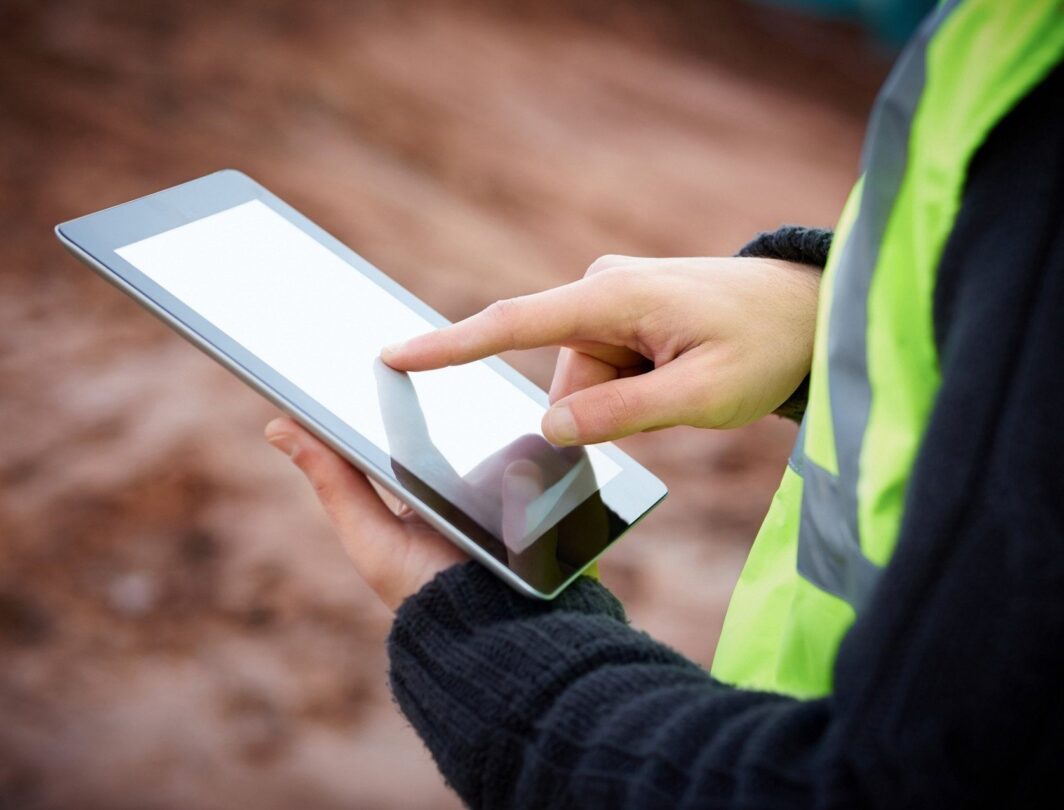Managing people
5 ways to make your office paperless

Going paperless is not just hugely beneficial to the environment, there are knock-on effects for a company’s bottom line, morale and public image as well. And emerging and new technologies make it easier than ever to move away from paper dependence.
Why go paperless?
The scale of paper waste is greater than you think
While you’re doubtless aware of the benefits of going paperless, you might be familiar with the scale of waste that goes on in workplaces around the world. One study found that paper waste has gotten especially out of hand: 50% of printed office material goes into the bin by the end of the day.
Even worse, about 20% of printed documents don’t even get retrieved from the printer.
It’s cost effective
You might also be surprised at how much paper costs: The NHS in the UK estimate savings of £4.4billion by going paperless. But even if you’re smaller than the entire UK’s healthcare system, there are tangible savings to be made. As well as the cost of paper itself, there’s the energy use of printing, the storage and real estate costs of keeping the paper, the labour and time-wasting of inefficient paper filing and additional costs of recycling and waste management.
Conversely, a paperless office needs less physical space, uses less energy and filing is exponentially easier and more efficient.
It also benefits morale
This is a favourite subject of ours: making an office paperless makes life easier, with less time spent arguing with a printer, combing through paper files and gathering information. This will free your colleagues to do more meaningful work, boosting productivity and morale.
How to go paperless
Like everything else in working life, the more preparation you take, the easier the process.
1- Use accounting software
Naturally we would say this, but accounting software and cloud-based documents are a huge part of the paperless puzzle. Are you sending paper invoices? Do you print every receipt? Move as much of your data entry and accounts to the cloud as possible (all, if you can). This will single-handedly transform your business’s paper use.
2- Train staff and take time to get them on board
Going paperless is a cultural challenge as well as a logistical one. Take the time to communicate what you’re doing, communicate to your colleagues the importance of the initiative, and take the time to train them if necessary.
Buy-in is an important part of this process.
3- Audit your paper use
Which departments use the most paper and why? Is a hard copy necessary every time? Are printouts handed out at meetings? Does the design department print out individual drafts during the discussion process?
If you want to formalise this audit, have your staff put their recycling in a designated container for each department over the course of a week to measure who’s using paper for what. The purpose of this is not to point fingers, but to show room for simple, practicable improvements. This could also function as a tool for getting buy-in: colleagues might not be aware of the extent of their wastage.
4- Limit access to printing
This one might not suit every workplace, but limiting access to printing can have an immediate effect on usage. If a printer is in a separate room, or even password protected, colleagues might think twice before making a hard copy of every document. We would advise having an alternative infrastructure in place beforehand – such as cloud storage – to minimize disruption.
5- Replace notepads with note taking apps and software
Taking notes in meetings is important, of course. But you don’t have to fill notepads to capture the relevant information. The likes of Microsoft OneNote, EverNote and GoodNotes are as good if not better than notebooks – and they create shareable, online documents for all meeting attendees. If nothing else, the highlights, details and dates of meetings will forever be easier to find.







Ask the author a question or share your advice